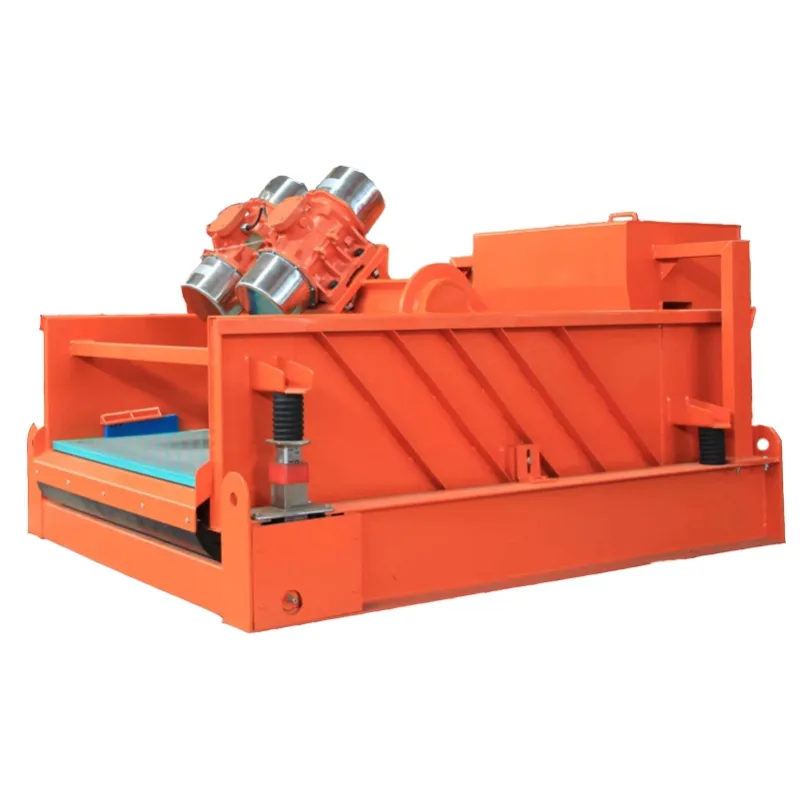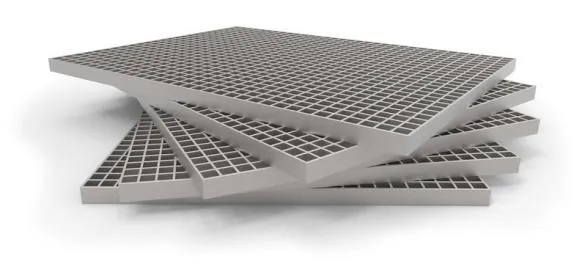- Industrial zone, South of Anping Town, Hengshui, Hebei, China.
- sales@hfpetromesh.com
- +86-18931809706
 Afrikaans
Afrikaans  Albanian
Albanian  Amharic
Amharic  Arabic
Arabic  Armenian
Armenian  Azerbaijani
Azerbaijani  Basque
Basque  Belarusian
Belarusian  Bengali
Bengali  Bosnian
Bosnian  Bulgarian
Bulgarian  Catalan
Catalan  Cebuano
Cebuano  Corsican
Corsican  Croatian
Croatian  Czech
Czech  Danish
Danish  Dutch
Dutch  English
English  Esperanto
Esperanto  Estonian
Estonian  Finnish
Finnish  French
French  Frisian
Frisian  Galician
Galician  Georgian
Georgian  German
German  Greek
Greek  Gujarati
Gujarati  Haitian Creole
Haitian Creole  hausa
hausa  hawaiian
hawaiian  Hebrew
Hebrew  Hindi
Hindi  Miao
Miao  Hungarian
Hungarian  Icelandic
Icelandic  igbo
igbo  Indonesian
Indonesian  irish
irish  Italian
Italian  Japanese
Japanese  Javanese
Javanese  Kannada
Kannada  kazakh
kazakh  Khmer
Khmer  Rwandese
Rwandese  Korean
Korean  Kurdish
Kurdish  Kyrgyz
Kyrgyz  Lao
Lao  Latin
Latin  Latvian
Latvian  Lithuanian
Lithuanian  Luxembourgish
Luxembourgish  Macedonian
Macedonian  Malgashi
Malgashi  Malay
Malay  Malayalam
Malayalam  Maltese
Maltese  Maori
Maori  Marathi
Marathi  Mongolian
Mongolian  Myanmar
Myanmar  Nepali
Nepali  Norwegian
Norwegian  Norwegian
Norwegian  Occitan
Occitan  Pashto
Pashto  Persian
Persian  Polish
Polish  Portuguese
Portuguese  Punjabi
Punjabi  Romanian
Romanian  Russian
Russian  Samoan
Samoan  Scottish Gaelic
Scottish Gaelic  Serbian
Serbian  Sesotho
Sesotho  Shona
Shona  Sindhi
Sindhi  Sinhala
Sinhala  Slovak
Slovak  Slovenian
Slovenian  Somali
Somali  Spanish
Spanish  Sundanese
Sundanese  Swahili
Swahili  Swedish
Swedish  Tagalog
Tagalog  Tajik
Tajik  Tamil
Tamil  Tatar
Tatar  Telugu
Telugu  Thai
Thai  Turkish
Turkish  Turkmen
Turkmen  Ukrainian
Ukrainian  Urdu
Urdu  Uighur
Uighur  Uzbek
Uzbek  Vietnamese
Vietnamese  Welsh
Welsh  Bantu
Bantu  Yiddish
Yiddish  Yoruba
Yoruba  Zulu
Zulu
- Afrikaans
- Albanian
- Amharic
- Arabic
- Armenian
- Azerbaijani
- Basque
- Belarusian
- Bengali
- Bosnian
- Bulgarian
- Catalan
- Cebuano
- Corsican
- Croatian
- Czech
- Danish
- Dutch
- English
- Esperanto
- Estonian
- Finnish
- French
- Frisian
- Galician
- Georgian
- German
- Greek
- Gujarati
- Haitian Creole
- hausa
- hawaiian
- Hebrew
- Hindi
- Miao
- Hungarian
- Icelandic
- igbo
- Indonesian
- irish
- Italian
- Japanese
- Javanese
- Kannada
- kazakh
- Khmer
- Rwandese
- Korean
- Kurdish
- Kyrgyz
- Lao
- Latin
- Latvian
- Lithuanian
- Luxembourgish
- Macedonian
- Malgashi
- Malay
- Malayalam
- Maltese
- Maori
- Marathi
- Mongolian
- Myanmar
- Nepali
- Norwegian
- Norwegian
- Occitan
- Pashto
- Persian
- Polish
- Portuguese
- Punjabi
- Romanian
- Russian
- Samoan
- Scottish Gaelic
- Serbian
- Sesotho
- Shona
- Sindhi
- Sinhala
- Slovak
- Slovenian
- Somali
- Spanish
- Sundanese
- Swahili
- Swedish
- Tagalog
- Tajik
- Tamil
- Tatar
- Telugu
- Thai
- Turkish
- Turkmen
- Ukrainian
- Urdu
- Uighur
- Uzbek
- Vietnamese
- Welsh
- Bantu
- Yiddish
- Yoruba
- Zulu
Fév . 01, 2025 02:37
Back to list
walkway grates
Navigating the intricacies of selecting floor grates metal types involves a deep dive into understanding material specifications, sustainability, and application-specific requirements. Floor grates, essential in both residential and industrial settings, serve vital roles in ensuring safety, functionality, and aesthetic appeal.
Stainless steel grates stand as exemplars of enduring performance and superior resistance, unrivaled in settings demanding stringent hygiene standards such as food processing units and healthcare facilities. The inherent anti-corrosive properties of stainless steel, contributed by chromium content, make these grates a reliable choice for both wet and dry applications. When evaluated for environmental sustainability, stainless steel, being fully recyclable, offers an eco-conscious choice that aligns with green building standards, thus reinforcing trust in its long-term ecological impact. Moreover, bronze grates, though less common, bring a touch of elegance and historical aesthetics, ideal in restoration projects or museum settings. Their resistance to saltwater corrosion also makes them suitable for maritime applications. Employing bronze in grate construction requires expert knowledge in metallurgy and historical material restoration to balance functionality with preserving aesthetic integrity. The installation and maintenance oversee another layer of expertise and trustworthiness. Correct sizing, proper support installation, and compliance with load-bearing requirements guarantee longevity and performance efficacy. Routine maintenance, tailored to the specific metal type, ensures continued functionality and safety compliance, embedding reliability in consumer expectations. In conclusion, mastering the choice of floor grates metal intertwines technical expertise and responsible material choices, catering to robust usage while endorsing environmental mindfulness. When curated with precision and expertise, these metal grates not only fulfill their functional role but also resonate with modern architectural needs, sustainability goals, and safety imperatives, fostering brand authority and consumer trust.


Stainless steel grates stand as exemplars of enduring performance and superior resistance, unrivaled in settings demanding stringent hygiene standards such as food processing units and healthcare facilities. The inherent anti-corrosive properties of stainless steel, contributed by chromium content, make these grates a reliable choice for both wet and dry applications. When evaluated for environmental sustainability, stainless steel, being fully recyclable, offers an eco-conscious choice that aligns with green building standards, thus reinforcing trust in its long-term ecological impact. Moreover, bronze grates, though less common, bring a touch of elegance and historical aesthetics, ideal in restoration projects or museum settings. Their resistance to saltwater corrosion also makes them suitable for maritime applications. Employing bronze in grate construction requires expert knowledge in metallurgy and historical material restoration to balance functionality with preserving aesthetic integrity. The installation and maintenance oversee another layer of expertise and trustworthiness. Correct sizing, proper support installation, and compliance with load-bearing requirements guarantee longevity and performance efficacy. Routine maintenance, tailored to the specific metal type, ensures continued functionality and safety compliance, embedding reliability in consumer expectations. In conclusion, mastering the choice of floor grates metal intertwines technical expertise and responsible material choices, catering to robust usage while endorsing environmental mindfulness. When curated with precision and expertise, these metal grates not only fulfill their functional role but also resonate with modern architectural needs, sustainability goals, and safety imperatives, fostering brand authority and consumer trust.
Share
Prev:
Next:
Latest news
-
Welded Steel Bar Grating: The Rugged Industrial Flooring Solution Built for Load and LongevityNewsJun.24,2025
-
Steel Walkway Grating: Reliable, Resilient, and Built for Every StepNewsJun.24,2025
-
Shale Shaker Screen for Sale: Optimize Drilling Efficiency with Precision Screening PowerNewsJun.24,2025
-
Shaker Screen for Sale: Elevate Your Drilling Efficiency with Durable Separation SolutionsNewsJun.24,2025
-
Press Locked Steel Grating: Industrial Strength with Precision Fit for Heavy-Duty ApplicationsNewsJun.24,2025
-
Perimeter Safety Netting: The Critical Safety Upgrade for Every HelipadNewsJun.24,2025